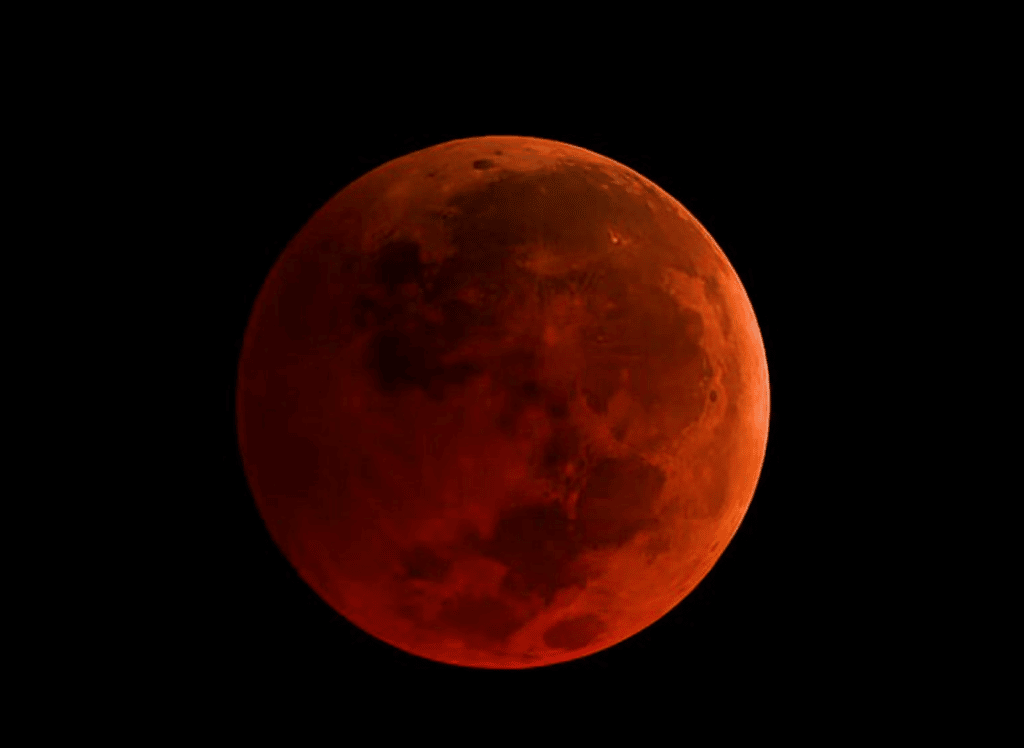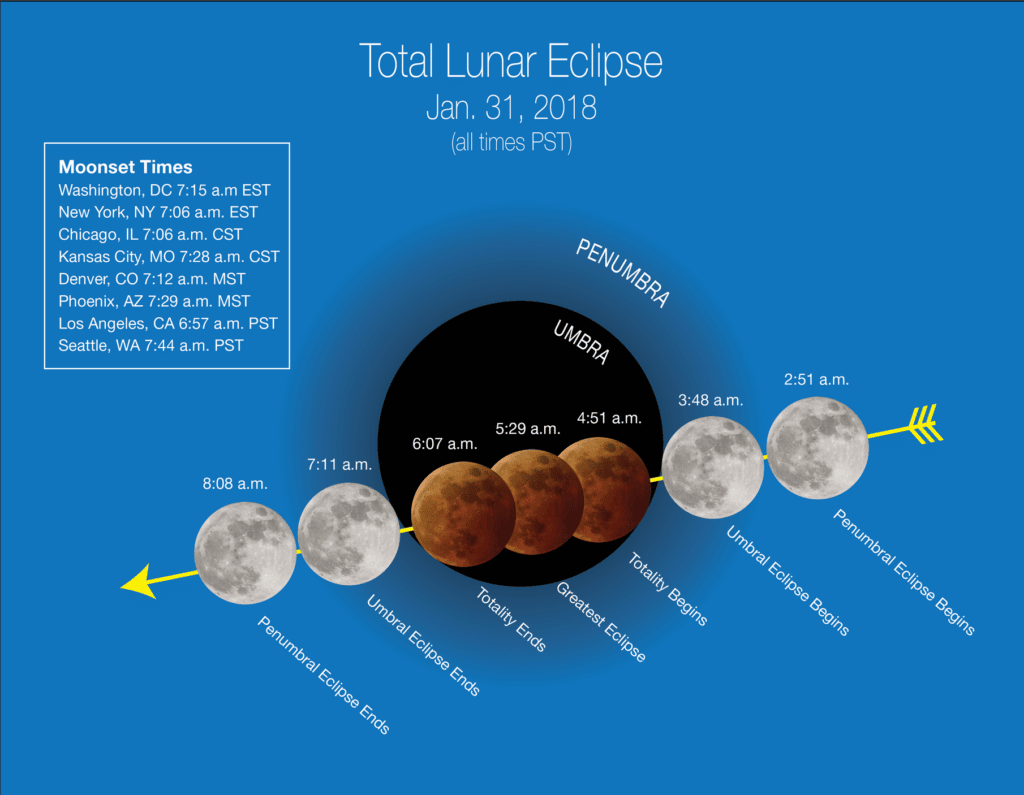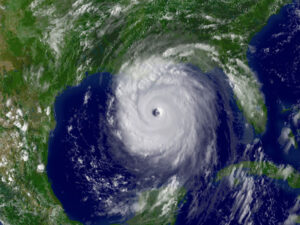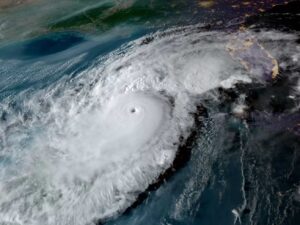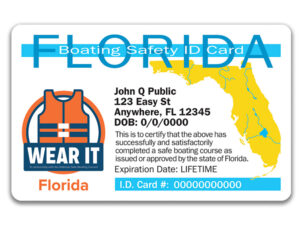I’ve written before about the effects of eclipses on tides and thus boaters, so for the coming Super Blue Blood Moon, I promise to be brief. In fact, I will outline the subject matter by breaking down the name of this astronomical event and defining each element.
Super Blue Blood Moon
Super Moon When the moon is closer to earth during perigee (the closest point in its orbit) than during other times. The moon will be 14-percent brighter, which might help boaters see better on dark waters. But know that tides will be higher, lower and the associated tidal currents stronger.
Blue Moon On rare occasion, two full moons occur in the same calendar month. When that happens, as it will on January 31, 2018, the second full moon is called a blue moon.
Blood Moon During a lunar eclipse, the moon first appears to get dimmer as the paler part of earth’s shadow, called the penumbra, passes over it. Later, as the moon moves into the darker shadow, known as the umbra, it will appear a coppery-red color, as light bending through earth’s atmosphere strikes it. This coppery color lends the so-called blood moon its name.
What should boaters do? Here are four things to be aware of during a super blue blood moon.
Be prepared to slack docklines as higher and lower water levels will result during this event. At the least, check your boat.
Keep a weather eye out for flotsam in the water in the hours and days following the Super Blue Blood Moon. The higher tides can grab logs and debris and other floating objects off of shorelines that a ” normal” tide might not.
Watch your depth. Any areas you transit that your boat can barely float in at low tide during, ” normal,” tides will be even shallower during the tides caused by the Super Blue Blood Moon.
AdvertisementCurrents will be stronger. Be advised that inlets or any body of water made narrow by land masses or structures may require extra vigilance to navigate safely.
Takeaway Beginning at 5:30 a.m. EST on Jan. 31, a live feed of the Moon will be offered on NASA TV and NASA.gov/live. You can also follow at @NASAMoon. Weather permitting, the NASA TV broadcast will feature views from the varying vantage points of telescopes at NASA’s Armstrong Flight Research Center in Edwards, California; Griffith Observatory in Los Angeles; and the University of Arizona’s Mt. Lemmon SkyCenter Observatory.
